The U.S.-China High-Level Event on Subnational Climate Action, held from May 29 to 30 in Berkeley, California, marks a significant milestone in international environmental cooperation.
This event, focusing on climate initiatives at the local level, provides a promising window for broader collaboration between the two largest greenhouse gas emitters. It emphasizes the important bottom-up efforts in actions leading to a tangible low-carbon transition by engaging actors from subnational governments, businesses, and think tanks.
The event, held in California, was a significant move to implement the consensus reached by Chinese President Xi Jinping and U.S. President Joe Biden during their meeting in San Francisco last year.
Key participants included Guangdong Governor Wang Weizhong, California Governor Gavin Newsom, Vice Chairman of China's National Development and Reform Commission Zhao Chenxin, U.S. Deputy Special Envoy for Climate Change Rick Duke, and former California Governor Jerry Brown.
In addition to Chinese Ambassador to the U.S. Xie Feng, China's Special Envoy for Climate Change Liu Zhenmin, U.S. Senior Advisor for International Climate Policy John Podesta, and U.S. Ambassador to China Nicholas Burns also delivered video speeches.
Over 200 representatives from 20 provinces, states, and cities across both countries, including officials from Guangdong, Shanghai, Beijing, Chongqing, Hong Kong SAR, and U.S. states like Montana, Washington, Maryland, Minnesota, and Arkansas, participated in the event.
The Sunnylands Statement in Action
This summit was one of the few action items implemented from the U.S.-China Sunnylands Statement on Enhancing Cooperation to Address the Climate Crisis, which has seen challenges amid U.S. political uncertainties. The Sunnylands agreement, designed to foster cooperation on climate change, has faced numerous challenges, making this summit's successful execution a noteworthy achievement.
China’s Special Envoy for Climate Change Liu Zhenmin captured this essence in his remarks: “Climate change is a common challenge facing all humankind. China is willing to work with the U.S. to maintain multilateral consensus, focus on practical actions, and accelerate green transformation.”
Liu emphasized that this meeting will encourage the two sides to continue to carry out practical cooperation in multiple fields and at multiple levels, turn the "San Francisco Vision" into a "reality,” and contribute to global climate response.
His remarks underscored China’s commitment to upholding its climate pledges despite the geopolitical complexities and showcased the subnational efforts implementing the 1+N strategy framework. For example, Shenzhen City of Guangdong Province demonstrated its success in reducing emissions by adopting electric public transportation and green building initiatives. Guangdong Province highlighted its advancements in clean energy and carbon market mechanisms.
A Success Amidst Trade Tensions
The success of this event is particularly remarkable given the complex timing. U.S. administration has announced new tariffs on an array of Chinese imports, including a 100 percent tariff on all-electric vehicles (EVs) from China. These economic tensions could have easily overshadowed the event. Yet, both countries were willing to continue the high-level climate talk, showing a commendable recognition that climate change remains the common ground.
Former California Governor Jerry Brown, chair of the California-China Climate Institute, highlighted this sentiment in his opening remarks: “In recent years, the U.S.-China relationship has been marked by increasing competition and tension. But we are here not because of our differences but because of the common ground we share and the common threat we face in confronting the climate crisis. We have a unique opportunity to make real progress together, so let's seize it for the benefit of our people and our planet.”
A Window for Broad Engagement
The summit was not an isolated event but was associated with numerous simultaneous technical and business dialogues, which emphasized the importance of local governments and businesses in driving climate action and implementing sustainable practices. These discussions facilitated the exchange of ideas and innovations, enhancing the summit's impact and fostering a collaborative atmosphere. The convergence of technical experts, business leaders, and policymakers created a fertile ground for developing practical solutions to climate issues, highlighting the multifaceted approach needed to tackle this global crisis.
For instance, the Greater Bay Area-California Dialogue, held concurrently, announced new initiatives to advance climate cooperation between California’s Bay Area and China’s Greater Bay Area. Specifically, Shenzhen Port Group and Los Angemas Port signed an MOU to improve collaboration with digitalization and green infrastructure. One week later, the California-Hainan Climate Change Leadership program kicked off in Sacramento on June 6 during Hainan Governor Liu Xiaoming’s visit to California.
Face-to-face interactions enable a more nuanced comprehension of each other's perspectives and challenges, which is crucial for effective collaboration. This approach can help bridge the gap between the two nations, demonstrating that constructive dialogue is possible even amid political and economic tensions.
Pathways for Future Collaboration
By establishing a precedent for successful engagement, this event lays the groundwork for future initiatives and deeper cooperation. Its positive outcomes can serve as a catalyst for more frequent and substantive interactions, gradually building a robust framework for joint climate action.
Zhao Chenxin highlighted the economic opportunities climate action presents. He noted that achieving China's carbon peak and neutrality goals would require investments of $8 trillion and $20 trillion, respectively, generating numerous multi-trillion-dollar industries. Similarly, the U.S.'s goal of net-zero emissions by 2050 and a zero-carbon target by 2035, supported by relevant legislation, offers vast opportunities for green and low-carbon development, providing extensive prospects for U.S.-China climate cooperation.
At the international workshop on U.S.-China subnational climate solutions, co-organized by the Lawrence National National Lab (U.S.) and the Institute of Global Decarbonization Progress (China), think tanks and experts from both U.S. and China sides expressed the need to have more in-depth discussion on local solutions. Both Rick Duke and Wang Yi, vice chair of China’s National Climate Change Advisory Committee, emphasized the importance of formalizing the think tank and experts exchange.
One notable initiative announced at the summit was the China-U.S. Youth Future Climate Leadership Exchange Program, led by the Foreign Environmental Cooperation Center and California China Climate Institute. This program aims to bring American youth to China for dialogue and exchange with their Chinese counterparts. It seeks to cultivate climate leadership in both countries, enabling young leaders to play an essential role in combating climate change and spurring global action.
Looking Forward
In conclusion, the U.S.-China High-Level Event on Subnational Climate Action represents a significant step forward in global climate efforts. It highlights the potential for local-level initiatives to drive international cooperation, underscores the importance of direct communication, and provides hope for future collaborative endeavors. By focusing on common goals and fostering dialogue, both nations can work together to address the urgent challenge of climate change.
As we move forward, it is crucial to build on the momentum generated by this summit and continue to expand subnational cooperation. Future initiatives should prioritize inclusivity, innovation, and resilience, ensuring that climate action benefits all communities and sectors. By leveraging the strengths of subnational actors and fostering international partnerships, we can create a more sustainable and equitable future for generations to come.
Ultimately, the success of the U.S.-China High-Level Event on Subnational Climate Action serves as a reminder that despite geopolitical tensions, cooperation on climate change is not only possible but necessary. The urgency of the climate crisis demands bold and collaborative action, and this summit has shown that by working together, we can make meaningful progress towards a more sustainable and resilient world.
The author Hu Min is the director and co-founder of the Institute for Global Decarbonization Progress. The views don't necessarily reflect those of ECNS.








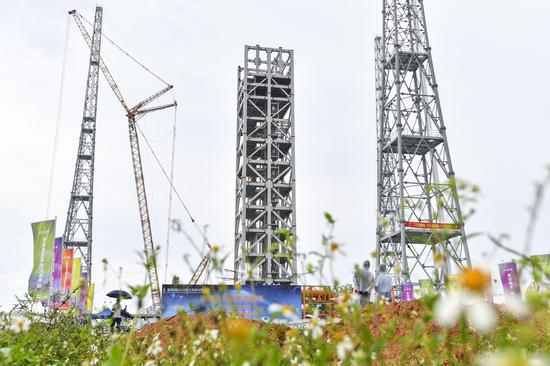


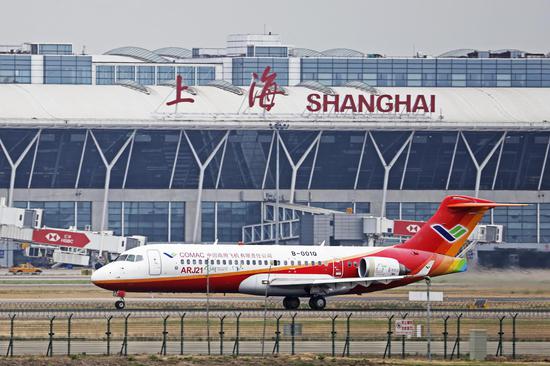





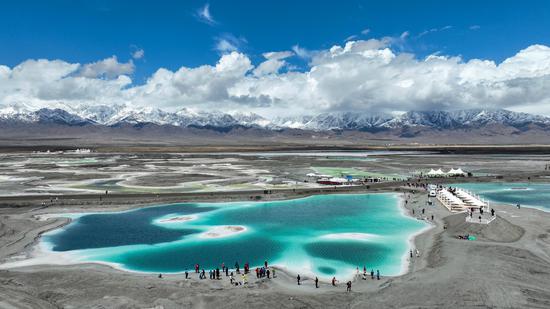







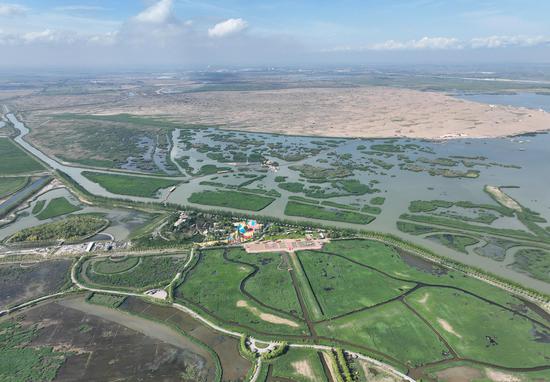

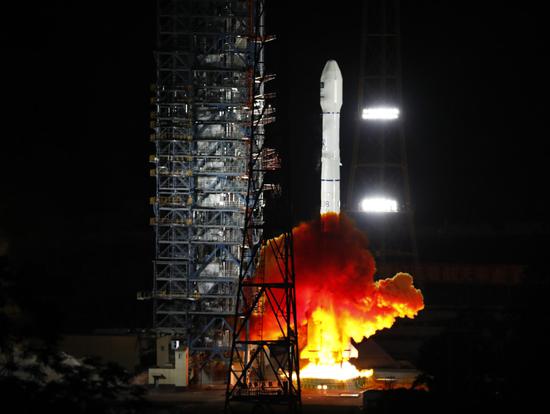
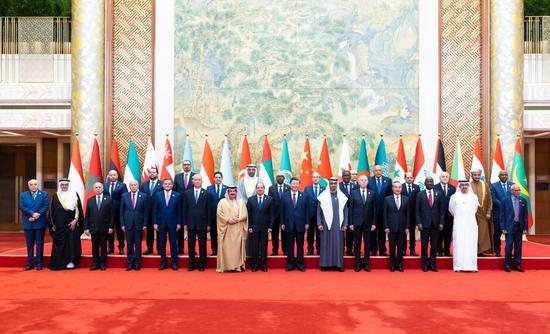

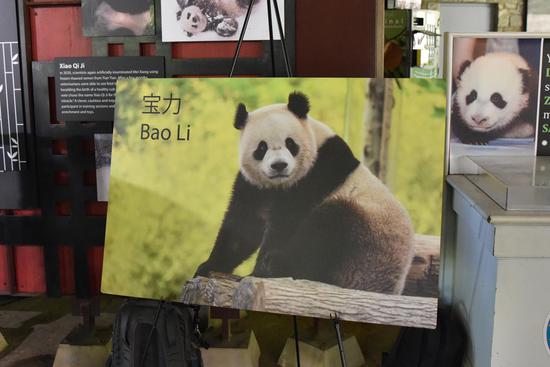


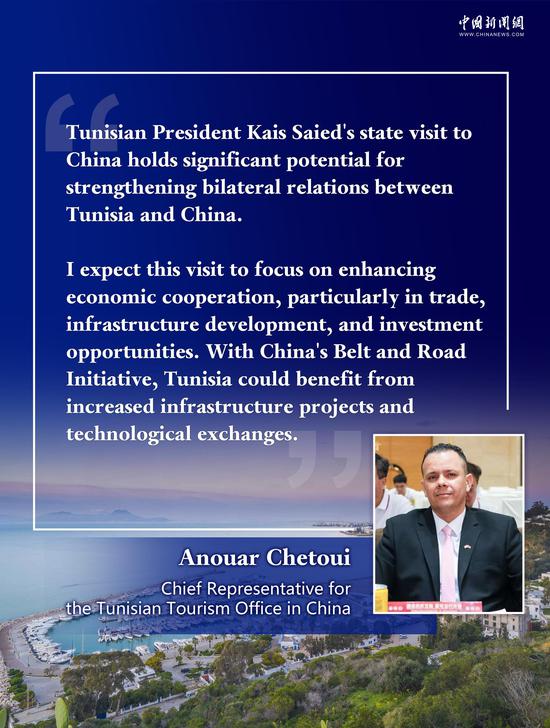







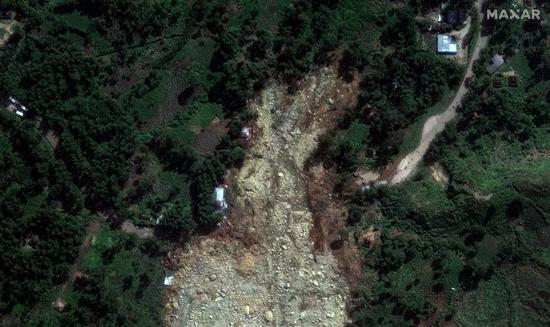




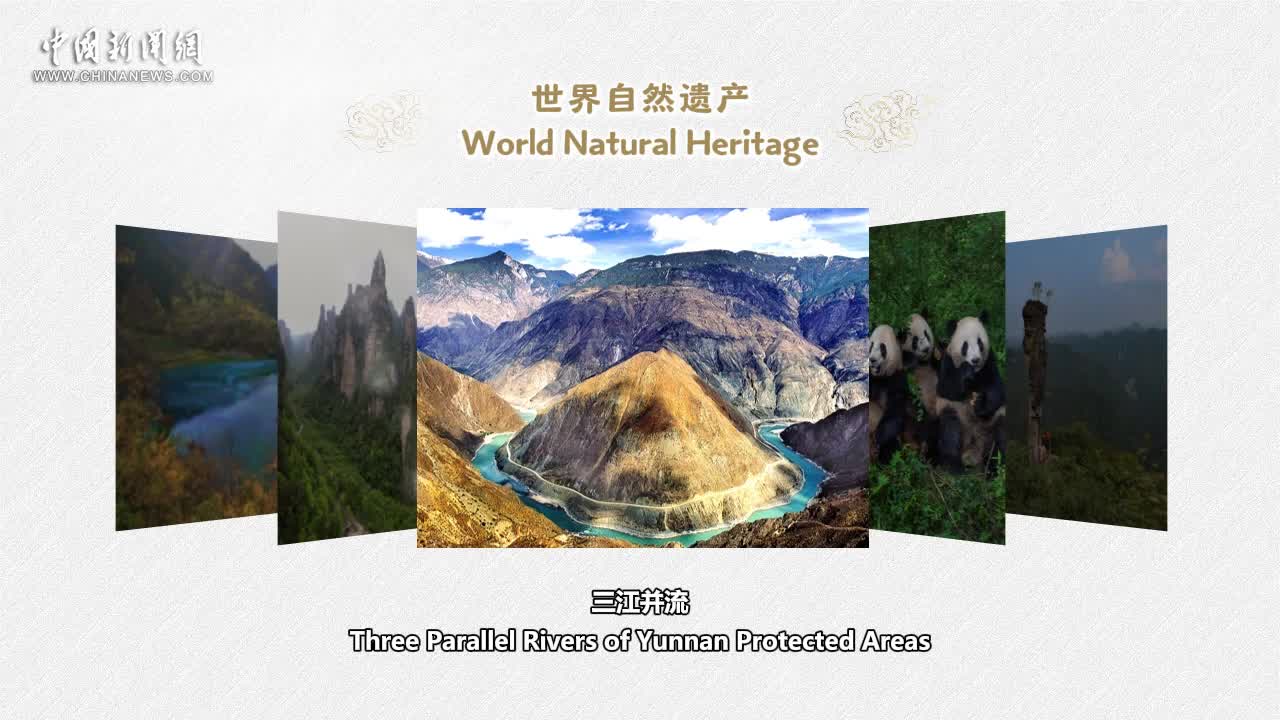



 京公网安备 11010202009201号
京公网安备 11010202009201号